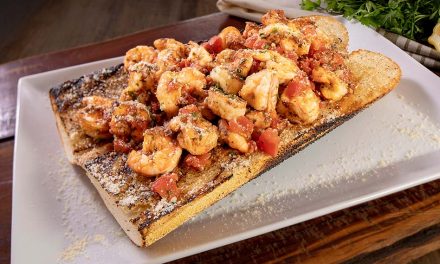Many of us do a great job in eating healthy when it comes to our mealtime, but when its snack time – not so much. Here’s our tip of the day… pre-portion your snacks.
Measuring out your snacks ahead of time lets you have so much more control over what and how much you eat. And, here’s an added bonus – they are ready to go when you’re hungry!
We hear so many people tell us that they have picked up a few pounds during this whole COVID-19 pandemic, especially during the stay-at-home order. Well even off that didn’t happen to you… we can all use some great healthy tips for how we eat.. and remember there VERY old saying… you are what you eat! So, we’re sharing ten tips that we think you’re really going to enjoy!
Build Healthy Mealtime Habits
Preschoolers love to copy what their parents do. They mimic your table manners, your willingness to try new foods, and your preferences. Take a break from the TV or phone and build healthy mealtime habits together.
Number One: Plan meals and snacks
Make time for three meals and one or two snacks every day. Offer choices from each food group—fruits, vegetables, whole grains, low-fat dairy, and protein foods — throughout the day so your preschooler gets the nutrition he or she needs.
Number Two: Make meals enjoyable
Eat meals with your children whenever possible. Let them help you prepare the meal. Make conversation about something that made them laugh. Keep mealtime upbeat and stress free.
Number Three: Try to get two food groups in a snack
Pair sliced tomato with low-fat cheese or add nut butter to a 100% whole-wheat mini bagel.
Number Four: Keep things positive
Talk about the color, feel, or flavor of foods so they sound appealing to your preschooler. Discourage others from making negative comments about foods during meals.
Number Five: Develop taste buds
When preschoolers develop a taste for many foods, it’s easier to plan meals. Keep in mind that it may take a dozen tries for a child to accept a new food.
Number Six: Visit the market
Shopping can teach your preschooler about food and healthy eating — talk about where foods come from and how they grow.
Number Seven: Let children practice serving themselves
Include smaller cuts of fish or meat and offer small serving utensils so they get just enough during meals. Encourage them to ask for more if they are still hungry.
Number Eight: Beverages are important, too
Water helps to quench your preschooler’s thirst, and milk provides nutrients for growth. Offer water or fat-free or low-fat milk as beverage choices instead of sugary drinks.
Number Nine: Help them know when they are full
Encourage your child to stop eating when he or she is full rather than when the plate is clean. When your child is not interested in the meal, excuse him or her from the table.
Number Ten: Reward with attention, not treats
Rewarding children with sweet desserts or snacks may encourage them to think that treats are better than other foods. Comfort and reward with care and praise, not food.
Our busy schedules can make it very challenging to succeed in following healthy guidelines in our diets, but with some planning ahead, it’s very achievable and can bring some great results in our personal and family’s health!
Source: USDA

















